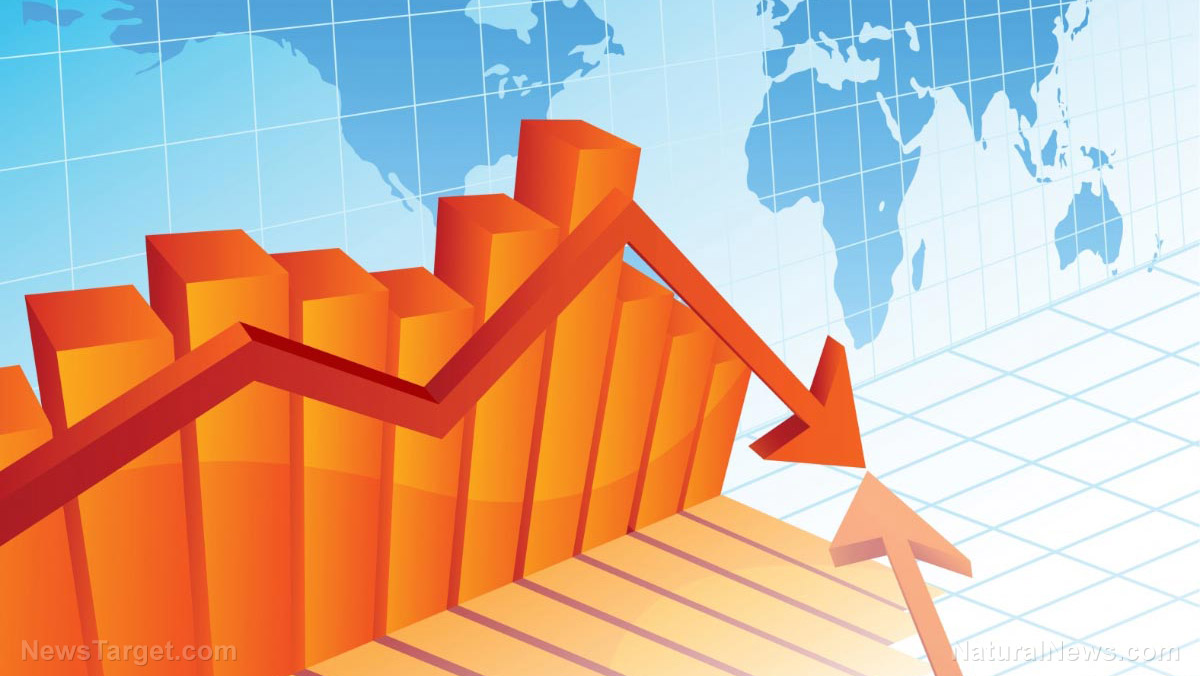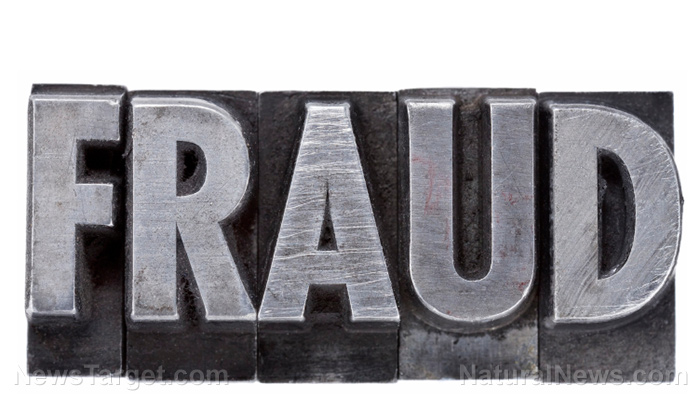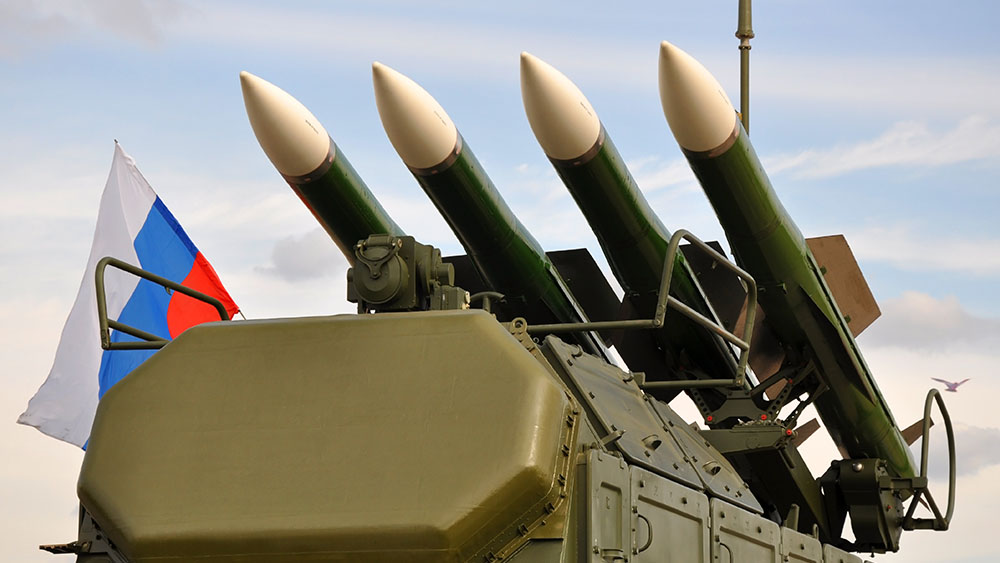
Vision 2030 projects cost an estimated $1.25 trillion
The cuts mark a change in priorities for Saudi Arabia, which has declared a series of projects costing an estimated $1.25 trillion under its Vision 2030 plan to radically shift the petrostate's economy away from its overreliance on oil. Lower oil prices, weaker-than-projected foreign investment and three more years of deficits in the national budget mean it must now decide what to concentrate on first and at what pace. "The vision is facing a test of reality and there are adjustments being taken," said Jean-Michel Saliba, Bank of America's Middle East and North Africa economist. "It is a sign of maturity. I don’t think it’s a sign that the vision is being derailed." Goldman Sachs Group Inc. discovered that Saudi Arabia's sovereign-risk score – a measure that takes into consideration financial and governance metrics – worsened the most after Israel among emerging markets during the first six months of the year. Justin Alexander, director of Khalij Economics and an analyst for GlobalSource Partners, said: "My biggest concern is that the rise in expenditure leads to substantial deficits that are structural, rather than temporary or cyclical." Increasing debt recaps the changes in Saudi finances over the past 10 years. While still low by international standards, the share of government debt to economic output has grown from 1.5 percent in 2014 and is on target to surpass 31 percent toward the end of the decade, as stated by the International Monetary Fund. Saudi Arabia could draw more investigation in the bond market and from credit rating corporations if the ratio "creeps up more rapidly than forecast," said Alexander. The government and other Saudi entities have made over $46 billion in dollar and euro bonds so far this year. "The fiscal deficits will have to continue being funded by both external issuance on the Eurobond front and domestic issuance," stated Carla Slim, an economist with Standard Chartered. As stated by Jim Krane, a fellow at Rice University's Baker Institute for Public Policy in Houston, the Saudi government has the resilience to lower or postpone investments in its so-called giga-projects. "Since there's no organized political opposition, there is little harm in scaling back or even making a dramatic U-turn on your 10-year development plan," said Krane. Follow Collapse.news for more stories about the economic condition of different countries around the world. Watch the video below about Neom, Saudi Arabia's $500 billion futuristic city in the desert. This video is from the jonastheprophet channel on Brighteon.com.More related stories:
Saudi Crown Prince Salman calls for Netanyahu to be held criminally responsible for crimes against Palestinians. Saudi Arabia lets 50-year U.S. petrodollar partnership expire, portending the END of the petro dollar. Saudi Arabia VIOLENTLY EVICTED thousands to make way for its "green" city Neom. Saudi Arabia threatened to sell European debts if G7 confiscates Russian assets. Saudi Arabia, UAE and Iran among six countries invited to join emerging BRICS global superpower. Sources include: Yahoo.com BusinessTimes.com.sg Brighteon.comTrump vows to BAN central bank digital currencies: “There will never be a CBDC while I am president”
By Richard Brown // Share
British newspapers highlight RISKS of a CASHLESS SOCIETY after major global IT outage
By Olivia Cook // Share
Stephen Brady talks about shocking SCANDALS involving the Catholic Church
By Zoey Sky // Share
MONEY DRAIN: Ford lost $2.5B on its EV segment in the first half of 2024
By Laura Harris // Share
Ed Dowd releases four-year recap of earthly NIGHTMARE since COVID
By Ethan Huff // Share
Freight fraud costing transportation and logistics industries over $800M a year
By Arsenio Toledo // Share
A viral video ignites federal firestorm over Minnesota fraud
By willowt // Share
Russia activates "unstoppable" Poseidon tsunami drone
By kevinhughes // Share
Russian FM Lavrov: Moscow will back China on Taiwan issue
By ramontomeydw // Share
The breakfast clock: Why timing your morning meal is a secret weapon against high cholesterol
By jacobthomas // Share
The Health Ranger's New Year Revolution: The ultimate guide to health, wealth and freedom
By kevinhughes // Share
"Absolute Healing" on BrightU: Experts explore COVID-19 as an engineered bioweapon
By jacobthomas // Share











